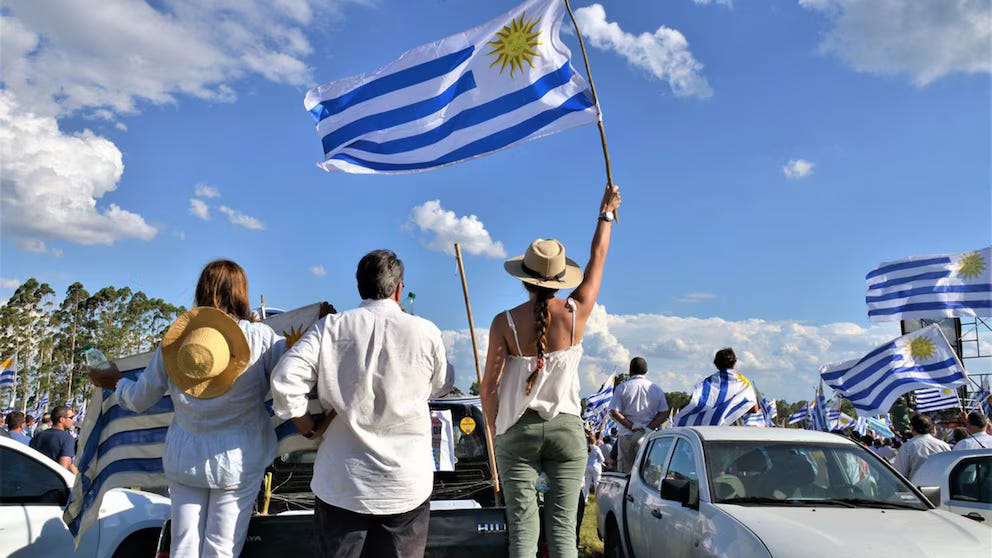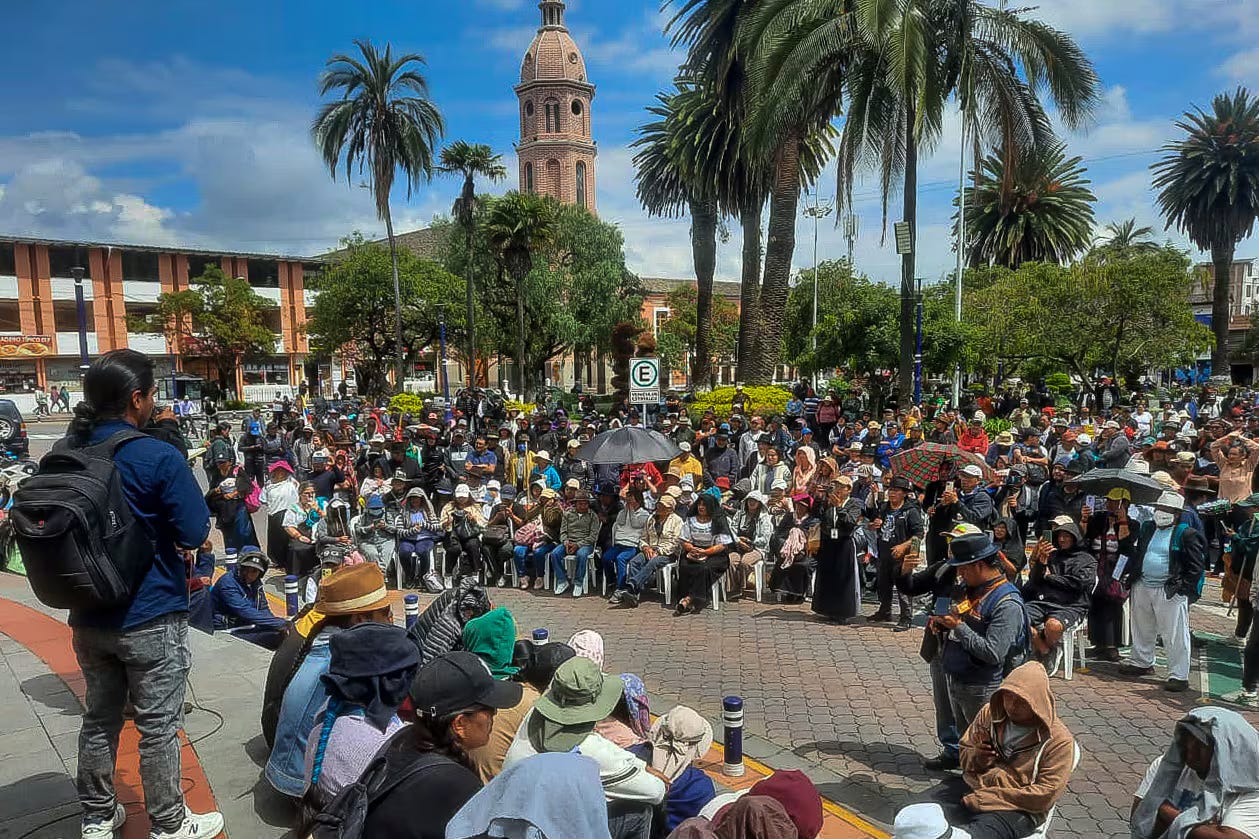Why Is Uruguay So Much One of Its Kind?
They just legalized euthanasia and remain a pioneer in progressive policies in the region. Also, A LOT is going on in the Andes.
After eight years of debate, Uruguay’s Senate passed the ‘death with dignity’ law, letting people with terminal illnesses ask for help to end their lives. The vote passed easily, with no protests. The president is expected to sign it soon. This is just the latest in Uruguay’s list of progressive policies, which already include abortion, same-sex marriage, legal marijuana, and adoption rights for same-sex couples.
And yeah, I’m jealous.
I often talk about Uruguay and Costa Rica as the two countries that the rest of Latin America watches, sometimes with admiration, sometimes with resentment. While Costa Rica faces its own struggles with democracy, Uruguay keeps making progress. It does so quietly, confidently, and with a political maturity that’s now rare in the region.
So what makes Uruguay so different?
First, there’s Uruguay’s history. It’s the only country in the region that really separated religion from government. In the 1800s, public schools stopped teaching religion. Civil marriage became law in 1885, and divorce was allowed in 1907. By 1917, the constitution didn’t mention God anymore. The Catholic Church never had much power there, so politicians didn’t need religious leaders’ approval to make laws.
Politics in Uruguay also works differently. In much of Latin America, politics often relies on favors or waiting for strong leaders to solve problems. Uruguay chose another way, building a system that focused on helping people and supporting democracy from early on. During the Batlle era in the early 1900s, the country introduced workers’ rights, retirement benefits, public schools, and public services. Back then, Uruguay was already a small version of a European-style social democracy, even before other countries in the region had basic record-keeping.
The country has strong organizations and little corruption. People trust one another. Politicians may change, but life remains steady. When Uruguay discusses something as serious as euthanasia, the conversation happens slowly, thoughtfully, and with respect. There’s no moral panic or church leaders warning of disaster. Instead, this older, more secular society recognizes that people facing terrible suffering should have a legal option to end it.
To put Uruguay’s action in context, it isn’t the first in the region to allow euthanasia. Colombia has permitted it since a 1997 court ruling, with official rules set in 2015, and Ecuador followed in 2024 with a similar decision. However, Uruguay is the first to pass a law through Congress, which matters. It shows there’s real public and political support, not just a court ruling or legal loophole. In a region where even discussing euthanasia can cause a crisis, Uruguay handled it with calm debate and broad support.
That’s why this week matters. Euthanasia is a very personal issue, and Uruguay made it legal without any trouble. In most other countries in the region, just talking about it would cause a huge political problem.
Uruguay isn’t perfect, but it shows the rest of us that sometimes, progress just comes down to good politics.
The Complicated End of an Era in Bolivia
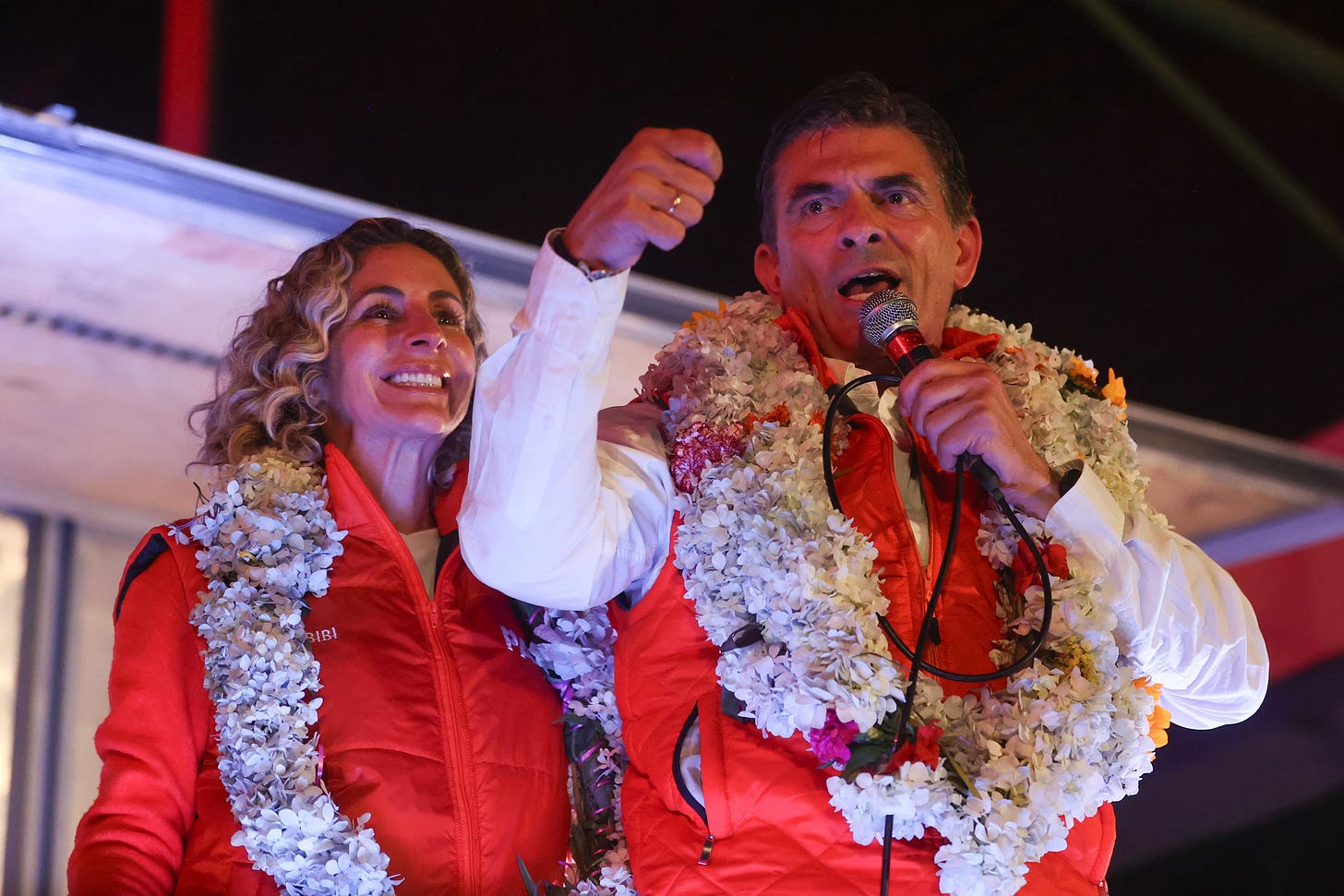
Rodrigo Paz will become Bolivia’s new president. For the first time since 2006, MAS isn’t in charge and wasn’t even an option in the final vote. That alone makes this election historic. But it’s not a simple change in beliefs. Both the left and right in the region have tried to make Bolivia fit their narratives, but the truth is, Bolivia operates within its own logic.
This marks the end of the Evo Morales era, which lasted almost 20 years and reshaped Bolivian politics. However, Paz is not a hardline conservative. He campaigned as a moderate, pledged to focus on practical economic solutions while keeping some of MAS’s social programs, and picked a well-known ex-police officer with a big TikTok following as his vice president.
Now the real challenge begins. Bolivia is out of money, fuel is scarce, and people are worn out. Paz is taking over a country in crisis, where politics do not fit into clear categories. The future will not be a repeat of MAS, but it will not be easy either.
New Peruvian President Is Already Killing Protesters
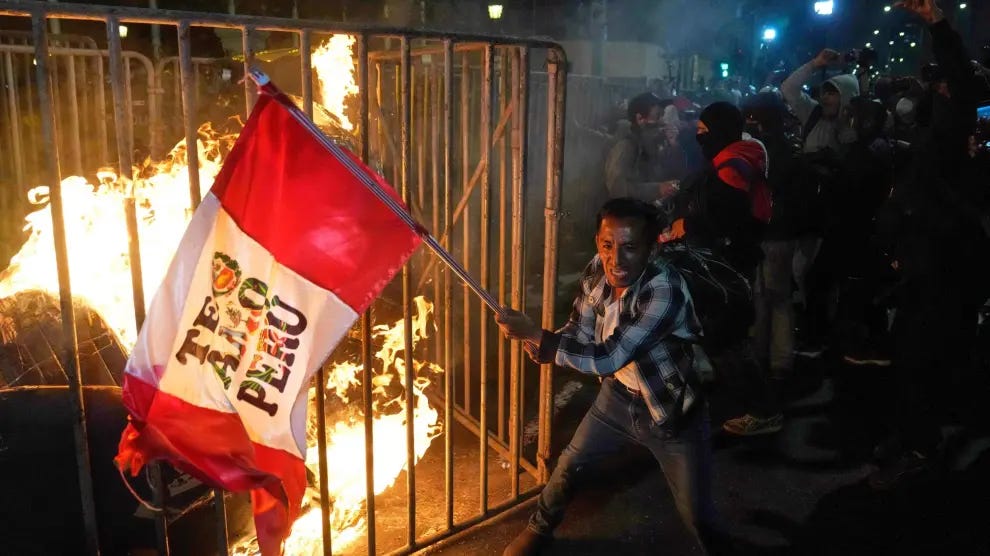
José Jerí has been president for less than a week and already has a dead protester to his name. His name was Eduardo Ruiz. He was shot in the chest during a demonstration in Lima on October 15. The shooter was a plainclothes cop. The police admitted it.
This pattern has become familiar in Peru. People protest for change, a new president takes office, and someone loses their life. It happened during Dina Boluarte’s presidency, and now it is happening under Jerí. The government’s response to dissent remains unchanged.
Ruiz was unarmed and nonviolent. He was marching to protest crime and insecurity, issues the government claims to prioritize. He was also a rapper, known as Trvko, and a father to a 10-year-old son. While these personal details should not be necessary to highlight the tragedy, they remind us that those who die in these events had full lives.
As I have mentioned before, Peru’s main issue is a lack of trust in its leaders. Instead of addressing this problem, those in power often respond with violence.
Let’s Talk About Imbabura, Ecuador
We’ve been talking about protests in Ecuador for a few weeks now. This week, I want to focus on Imbabura.
Imbabura is one of the provinces where protests have been especially intense, and there are clear reasons for this. Most people in the area are Indigenous. Like in previous times of unrest in Ecuador, Indigenous communities are the ones who organize, block roads, and often face violence from the government.
Over the past month, three people have been killed in protests there.
The protests are about more than just diesel prices. They come from a long history. In Ecuador, Indigenous people do not protest because it is popular or trendy. They protest because they have always needed to. They know what it means to be left out, and they have built the only groups in the country strong enough to stand up to the government when it goes too far.
Noboa sees them as a problem to handle. But they are the reason the country has not completely fallen apart. If anyone still believes in working together for change in Ecuador, it is these communities.
Shakira Is a Rockstar, and We Should Say It More Often
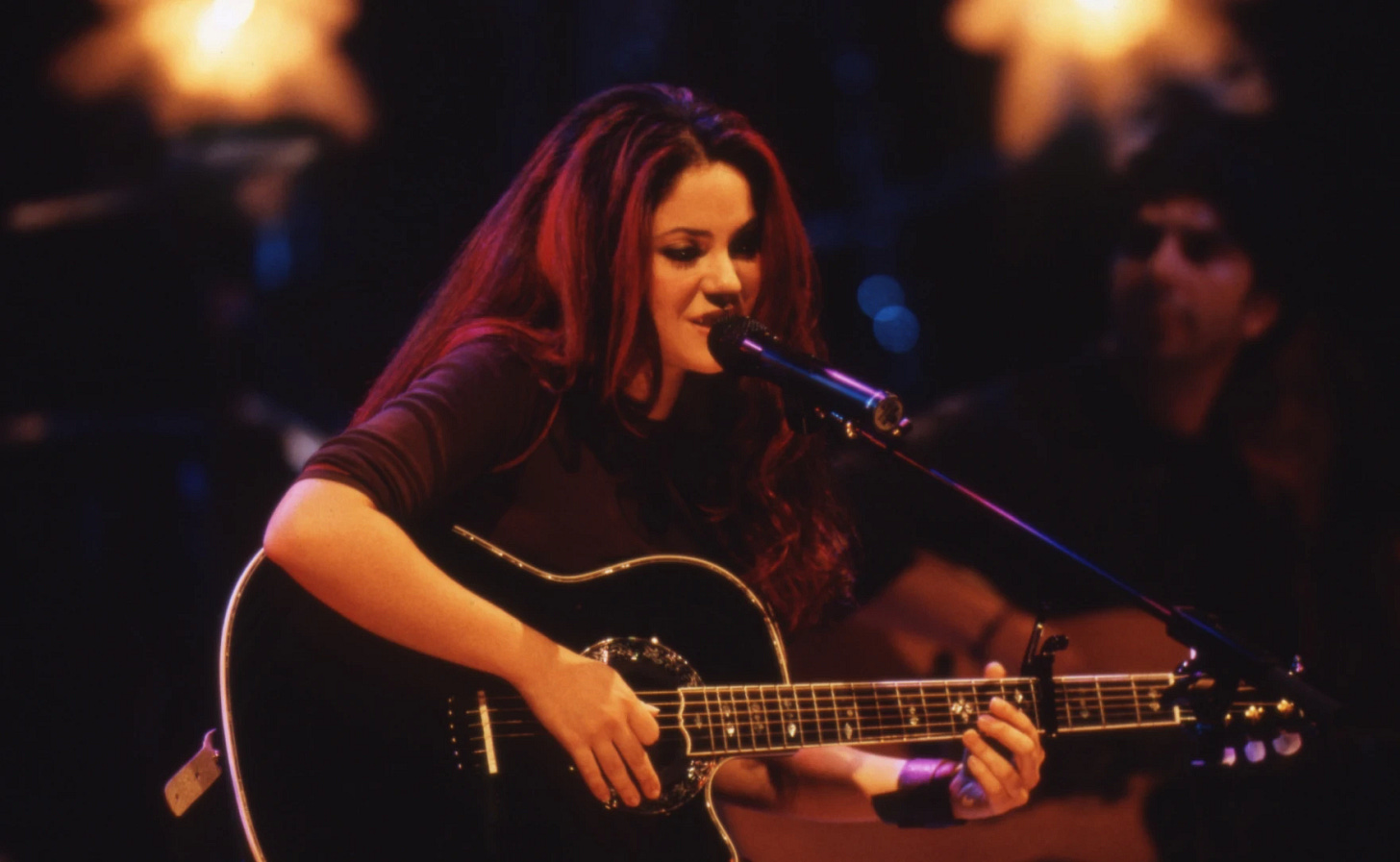
I don’t own many vinyl records, but one of the few I’ve hung on my wall is ¿Dónde Están los Ladrones? by Shakira. When friends who aren’t Latin American visit, they’re always surprised. They know Shakira as the global star, the one behind Waka Waka and the hips that don’t lie. But they don’t know this version of her.
This is the Shakira who meant something to us. She played guitar, wrote all her own lyrics, and gave us songs in Spanish about heartbreak, identity, and anger. She didn’t hold anything back. ¿Dónde Están los Ladrones? came out in 1998, when she was only 21.
At 28, I listen to this album and feel like I’ve wasted my twenties.
My favorite track is “No Creo,” a love song written like a manifesto. (I don’t believe in Venus or Mars / I don’t believe in Karl Marx / I don’t believe in Jean-Paul Sartre / I don’t believe in Brian Weiss / I only believe in your blue smile / in your glassy eyes / in the kisses you give me.)
She did more than write catchy songs. She wrote poetry. She managed to fit big ideas about life, society, and meaning into three-minute tracks that still sound amazing today.
This week, I went back to the 600 Albums from Latin America list that a group of music journalists published in 2024. ¿Dónde Están los Ladrones? made the top ten. And I agree. No hesitation.
Shakira really is a rockstar. She’s brilliant. If people have forgotten that, it’s their loss—not hers, and definitely not this album’s.
That’s all for this week. If you liked what you read, please subscribe.
You’ll get something like this every Monday: one main analytical piece, three important stories from Latin America, and one media suggestion to help you learn more about our region.
You can also follow me on Instagram, X, and TikTok for more.
Gracias por leer. Hasta la semana que viene.



